The Real Reason You Can’t Get Rid of Fruit Flies (And How to Actually Win)
I’ve been in the property maintenance game for a long, long time, and if there’s one thing I’ve learned, it’s that the tiniest problems often cause the biggest headaches. Case in point: the humble fruit fly. I’ll never forget a call from a tenant who was at their absolute wit’s end. They’d cleaned everything, set out a dozen vinegar traps, and practically bleached their countertops. Still, every morning, a new swarm was there to greet them. They were ready to move out over it.
In this article
The issue wasn’t a lack of effort. The problem was they were fighting the soldiers, not the factory. It turned out that a single, forgotten potato had rolled to the back of a deep pantry cabinet. Once we found and tossed that one gross potato, the flies were gone within a week. Gone.
And that’s the secret, right there. You can’t just trap fruit flies into submission. You have to get inside their tiny little heads, understand what they need to thrive, and then systematically take it all away. This isn’t about a magic spray; it’s about good old-fashioned detective work and being just a little more stubborn than they are. So, let’s walk through the exact methods that work, every single time.
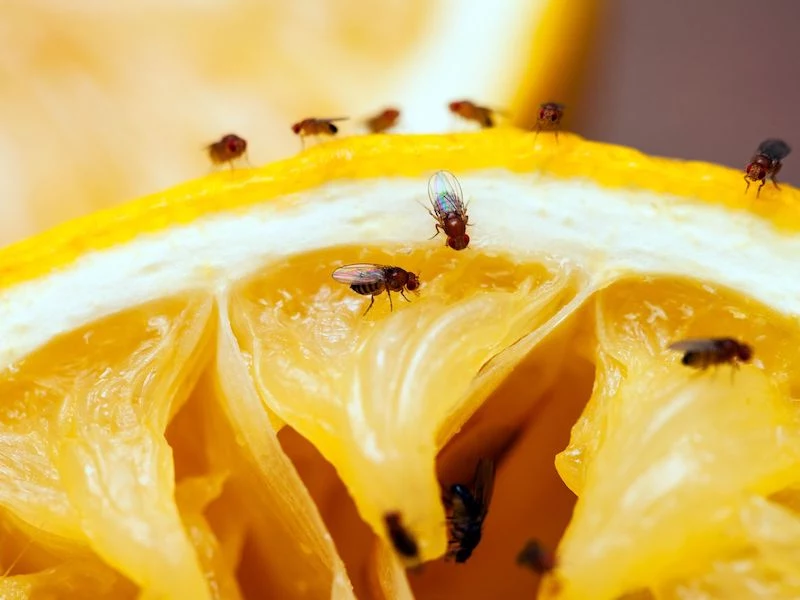
First Things First: Are You Sure It’s a Fruit Fly?
Before you do anything else, you have to be 100% certain you’re dealing with the right pest. It’s a super common mistake to confuse different types of small flies, and what works for one won’t even touch another. I’ve seen people waste weeks trying to kill “fruit flies” that were actually coming from a cracked sewer pipe. Let’s not do that.
So, get a really good look at one of the little guys.
- The Common Fruit Fly: This is our main suspect. They’re tiny, only about 3-4 millimeters long, with a tan or light brown body. Their most telltale feature? Big, often bright red eyes. They have a slow, almost lazy way of flying and love to hover in groups, especially right over the source of their affection (like your banana bowl). If you see tiny, red-eyed flies lazily buzzing around your kitchen, you’ve found your culprit.
- Fungus Gnats: These guys look more like miniature mosquitoes—dark, slender, and with long legs. You’ll almost always find them buzzing around houseplants, not your food. Their larvae feed on fungus in damp potting soil. If the flies are centered on your fiddle-leaf fig, you’ve got fungus gnats, and the problem is almost certainly overwatering.
- Phorid Flies (Humpbacked Flies): Okay, pay attention to this one. These are a more serious sign. They’re about the same size as a fruit fly but are darker, and their defining feature is a distinct arch or “hump” in their back. Even more telling is their behavior: they often run in a jerky, erratic pattern across a surface before taking off. Seeing these is a red flag. Phorid flies breed in some seriously nasty decaying matter, often linked to broken drain lines or sewage leaks. If you see these, it’s probably time to call a pro.
Getting the ID right is the most important step. From here on, we’re assuming you’ve confirmed you have the common, red-eyed fruit fly.

The 5-Minute Emergency Hunt
Feeling overwhelmed? Stop reading for a second and check these three spots RIGHT NOW. More often than not, the source is hiding in one of them:
- The Trash Can: No, not the bag. Take the bag out and look at the very bottom of the can itself. Is there any sticky, smelly gunk from a past leaky bag? That’s a five-star resort for fruit flies.
- Your Potato & Onion Stash: Go to your pantry and physically dig through your bag of potatoes or onions. A single soft, rotting one can create an entire army.
- The Dish Rack Drip Tray: Pull out that little plastic tray under your dish rack. The slimy, gross film that builds up there is a secret breeding ground that almost everyone forgets to clean.
Step 1: The Search-and-Destroy Mission
Alright, now for the deep dive. Traps are for later. Right now, your only job is to find and destroy the breeding ground. Get a flashlight and your detective hat on. Be thorough.
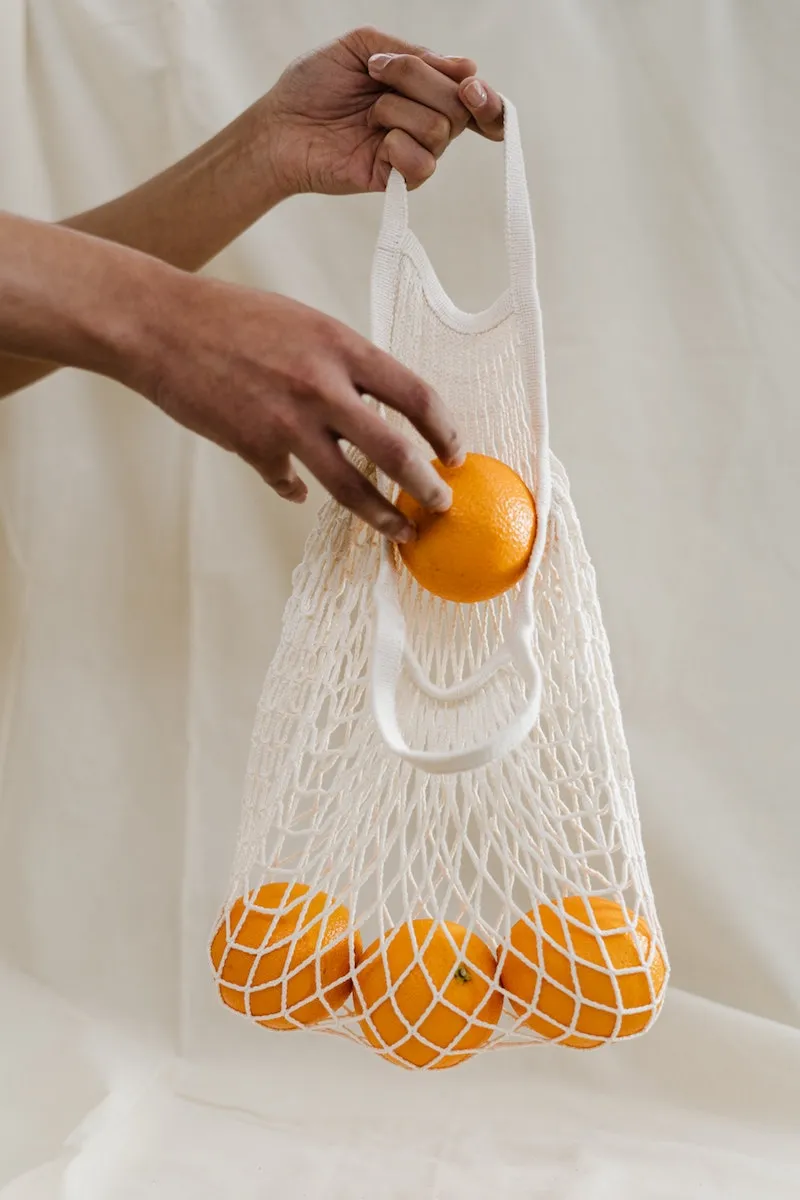
The Obvious Kitchen Hotspots:
- Fruit on the Counter: Don’t just glance at it. Pick up every single piece of fruit. One soft spot on an apple or a mushy peach is all it takes.
- Trash & Recycling: As we said, the can itself is a huge culprit. I recommend giving the entire can a good scrub with hot, soapy water. And your recycling bin is just as bad—the dregs from wine bottles, soda cans, and juice cartons are perfect. Rinse everything before you toss it in.
The Sneaky, Not-So-Obvious Sources:
- Sink Drains: They don’t live deep in the pipes, but they absolutely thrive in the organic biofilm—that gross sludge—that builds up in the top few inches of your drain and garbage disposal.
- Under and Behind Appliances: This is where things can get ugly. If you can, pull out your fridge and stove. A dropped piece of food can create a hidden feast. Can’t move the fridge? Here’s a quick hack: wrap a damp paper towel around a yardstick or ruler and swipe it underneath. You’ll be horrified (and relieved) by what you pull out.
- Mops, Sponges, and Dish Cloths: A sour-smelling, perpetually damp mop or an old sponge is a perfect nursery. Make sure all your cleaning tools are able to dry out completely.
- Tiny Spills: That little bit of juice that trickled down the side of a cabinet? The sticky spot under the coffee maker? That’s enough. They don’t need a buffet.
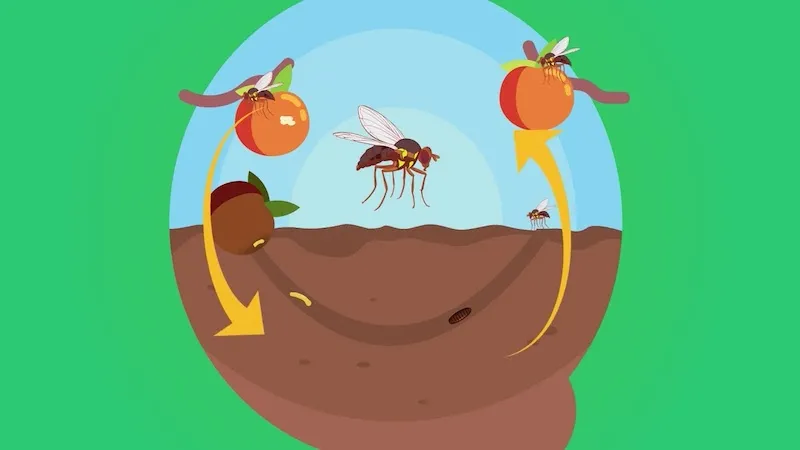
Step 2: Set Traps to Mop Up the Survivors
Once you’ve removed the source, now you can set traps. Their job is simple: catch the adult flies that are still buzzing around. You’ll keep seeing flies for up to a week as the last of them hatch, so traps help speed up their final exit.
Honestly, you don’t need to buy fancy traps. The best ones are DIY, cheap, and ridiculously effective. For less than $10, you can build a formidable fruit fly defense.
Your Fruit Fly War Kit:
- Basic Kit (Under $10): Apple Cider Vinegar (~$4), Dish Soap (~$3). That’s it. You can win this for the price of a coffee.
- Advanced Kit: If you suspect drains are a recurring issue, add an enzymatic drain cleaner like Green Gobbler or Bio-Clean ($15-$25 online or at a hardware store).
The Unbeatable Apple Cider Vinegar (ACV) Trap
This is the gold standard for a reason. It smells like fermenting fruit, which is basically a love song to a fruit fly. White vinegar won’t work nearly as well.
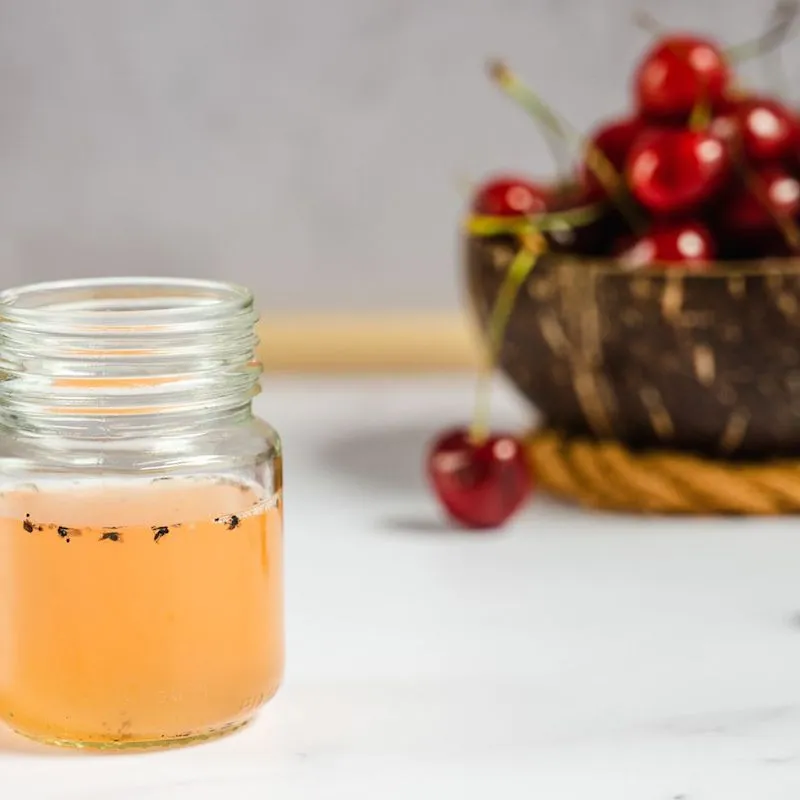
Here’s how to do it right:
- Get a small jar or cup.
- Pour in about an inch of apple cider vinegar.
- Add one single drop of dish soap. This is the secret ingredient! So many people miss this. The soap breaks the surface tension of the vinegar. Without it, flies can literally land on the liquid and fly off. With the soap, they touch down and immediately sink.
- Leave the jar uncovered on the counter where you see the most action.
By the way, you don’t need to mess with paper funnels or plastic wrap with holes. The soap-in-the-vinegar method is simpler and, in my experience, works even better.
Trap Troubleshooting: A Quick Q&A
- Problem: “The flies are landing on the rim of the jar but not going in!”
Solution: You either forgot the dish soap, or didn’t add enough. Go add a drop and give it a gentle swirl. - Problem: “The trap isn’t catching anything.”
Solution: The bait might have lost its scent. Change out the vinegar every couple of days. Or, try an alternative bait like a small splash of red wine or beer—the smell of fermentation is powerful.
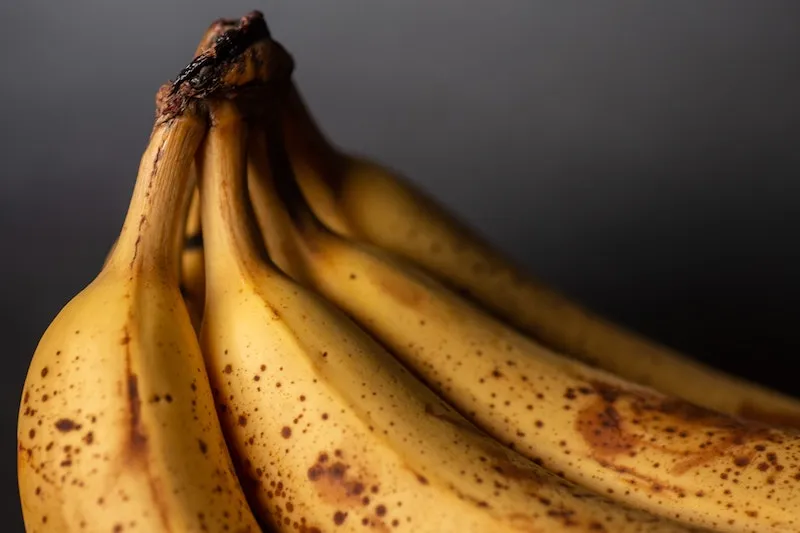
What About Drains and Garbage Disposals?
If you think your drains are the culprit, please don’t pour bleach down them. It moves too fast to do anything to the sludge and isn’t great for your pipes or the environment. You need to physically scrub that biofilm away.
Here’s a much safer and more effective method:
- Pour a pot of boiling water down the drain to loosen things up.
- Follow it with about a half-cup of baking soda.
- Pour in one cup of white vinegar. It’ll foam and fizz, which is basically it scrubbing the pipes for you. Let it sit for 15 minutes.
- Finish with another pot of boiling water.
For a garbage disposal, tossing in a handful of ice cubes and some lemon peels while it’s running works wonders. The ice scours the blades, and the citrus oils help clean and deodorize.
What to Do When You’ve Tried Everything
Okay, so what happens if you’ve done all of this, your place is spotless, and the flies are still there? This is where it gets tricky.

One common issue, especially in apartments or condos, is that the source isn’t in your unit. It could be coming from a neighbor’s apartment or even a central trash chute. In this case, your best bet is to talk to your property manager. Explain the steps you’ve taken. It shows you’re being diligent and helps them pinpoint the real problem, which they are responsible for addressing.
If you live in a house and are still stumped, it’s time to consider a truly hidden source, like a plumbing issue or something trapped in a wall void. This is where you might need to bring in a professional.
When to Finally Call a Pro
You can solve 99% of fruit fly problems on your own. But there are a few times when calling for backup is the right move.
- You’ve Identified Phorid Flies: Remember the humpbacked, jerky-running flies? If you’re sure that’s what you have, call a pest control company. They can confirm the ID and help you figure out if you have a bigger issue, like a broken pipe that will require a plumber.
- The Infestation Just Won’t Quit: If you’ve spent a couple of weeks being a perfect fruit fly detective and they’re still showing up in force, it’s time for help. A professional has tools (like small inspection cameras) to find sources you simply can’t access. An initial inspection can run anywhere from $75 to $150, which is a small price to pay for your sanity.
Heads up: a good pest control tech won’t just come in and start spraying. They’ll start with inspection, just like you did. Their real value is their experience in finding those impossible sources. In the end, beating fruit flies is a game of diligence. Take away their food and their home, and you’ve already won.

Inspirational Gallery


Don’t overlook your kitchen sink’s best friend—and worst enemy. A damp sponge or forgotten dish rag can become a fruit fly nursery in less than a day. Wring them out thoroughly, microwave damp sponges for 60 seconds to sanitize, or simply replace them more frequently than you think you need to. It’s a small change with a massive impact.

Think the problem is just in the kitchen? Think again. Fruit flies are tenacious explorers and will seek out moisture and fermentation anywhere.
- The Recycling Bin: A single drop of wine or beer left in a can is a feast. Rinse all containers thoroughly.
- Mop Buckets: Dirty mop water left sitting is a prime breeding ground. Always empty and dry your bucket after use.
- Bathroom Drains: Gunk and grime in a shower drain can also attract them.
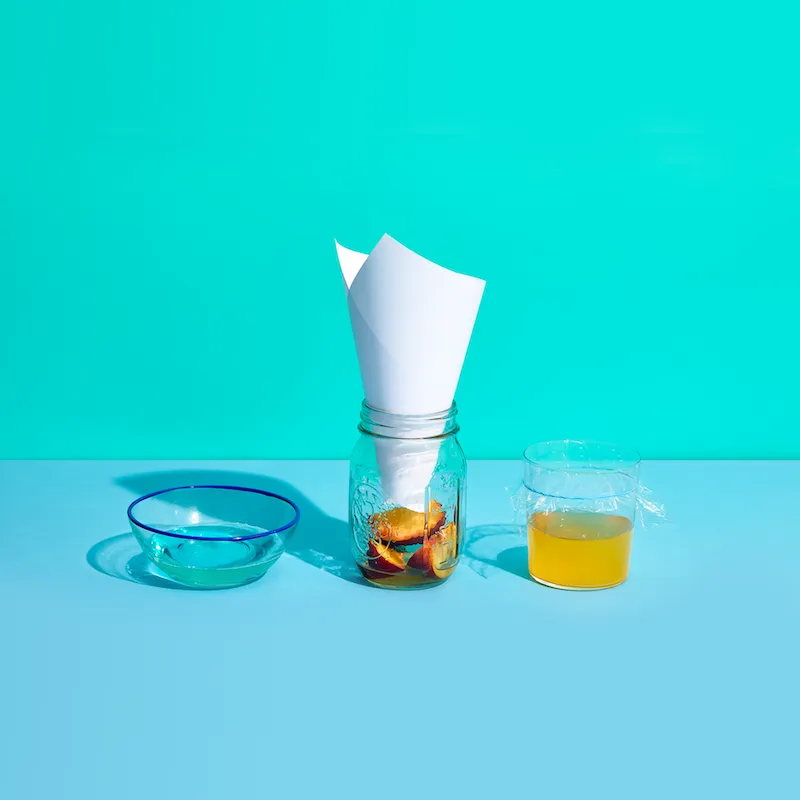
A single female fruit fly can lay up to 500 eggs in her short lifetime, and those eggs can hatch into larvae in as little as 24 hours.
This is why an infestation can appear seemingly overnight. This isn’t a problem you can ‘get to tomorrow.’ Immediate action is the only way to break the cycle before a few flies become a full-blown swarm.

Do fruit flies have a ‘favorite food’?
Absolutely. While they’re drawn to anything fermenting, they have a special love for produce with high sugar and yeast content. Overripe bananas, tomatoes, and melons are top-tier attractants. But don’t overlook the humble potato or onion; as they begin to decay, they release the exact organic compounds the flies are searching for. Storing these items in a cool, dark place or the fridge is your best defense.
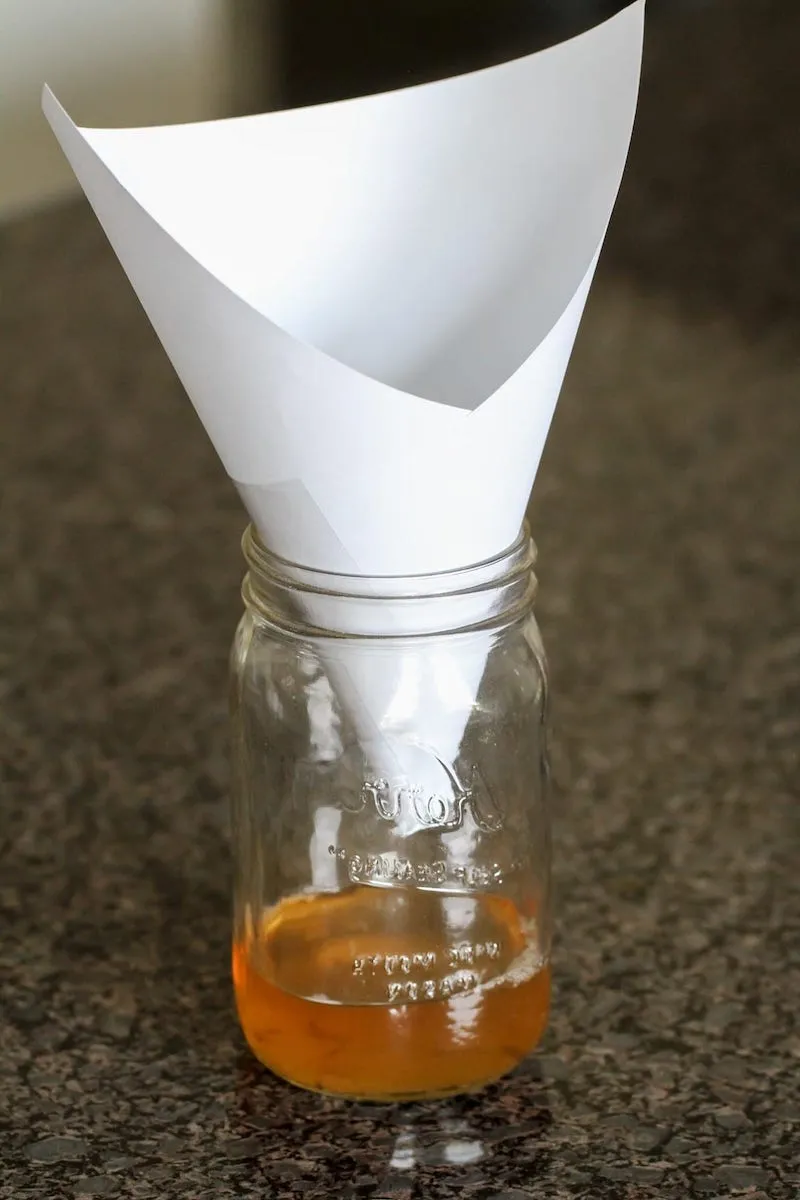
- Keeps flies from landing on your fruit bowl.
- Adds a fresh, clean scent to your kitchen.
- Completely natural and safe around food.
The secret? A small bunch of fresh basil or a few drops of peppermint oil on a cotton ball placed near your produce. Fruit flies detest these strong, fresh herbs.
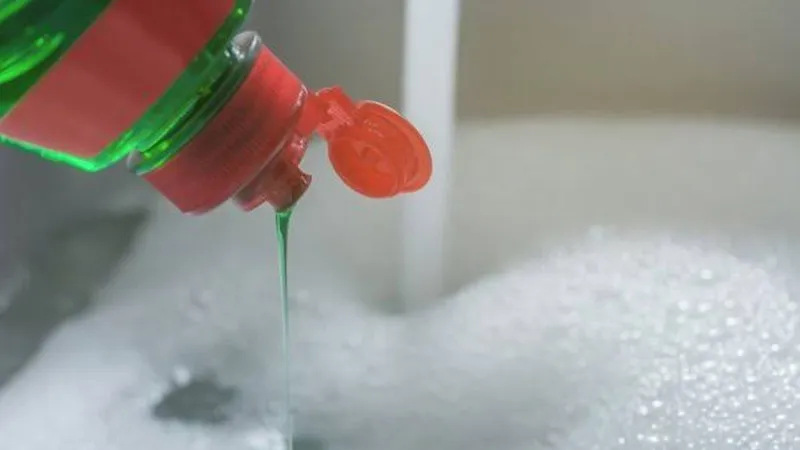

DIY Vinegar Trap: A small bowl with apple cider vinegar and a drop of dish soap. It’s cheap and easy to make with household items.
Commercial Trap (e.g., Aunt Fannie’s FlyPunch!): A pre-filled, discreet container using a non-toxic blend. It’s more sightly and requires zero prep work.
For a quick, widespread problem, DIY is cost-effective. For targeted, long-term placement near a fruit bowl, a tidy commercial trap is often worth the convenience.

Fight flies with style. Instead of an open bowl, consider a fruit basket with a fine mesh cover. Brands like Yamazaki offer sleek, minimalist designs that protect your produce while enhancing your kitchen decor. A beautiful ceramic fruit keeper with a ventilated lid can also do the trick, keeping fruit fresh and flies out, turning a practical need into a design statement.
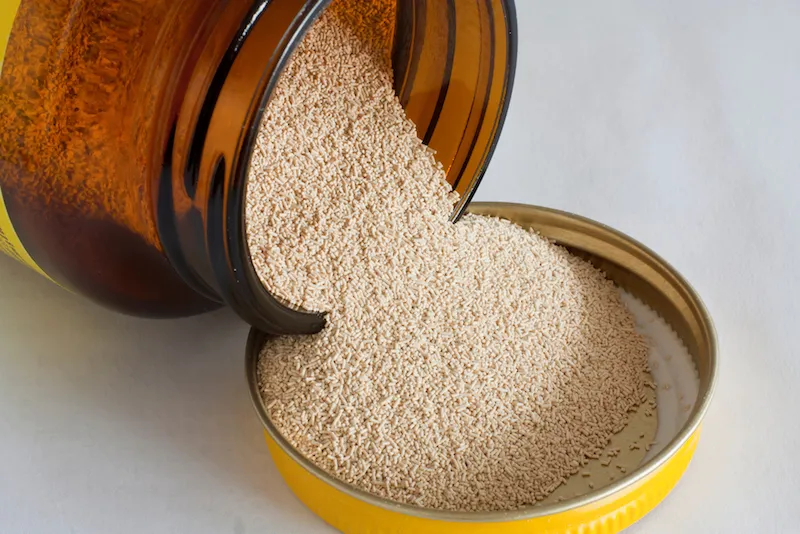
According to entomologists at the University of California, the most effective traps have a ‘cone’ or funnel structure, which makes it easy for flies to get in but difficult for them to figure out how to escape.
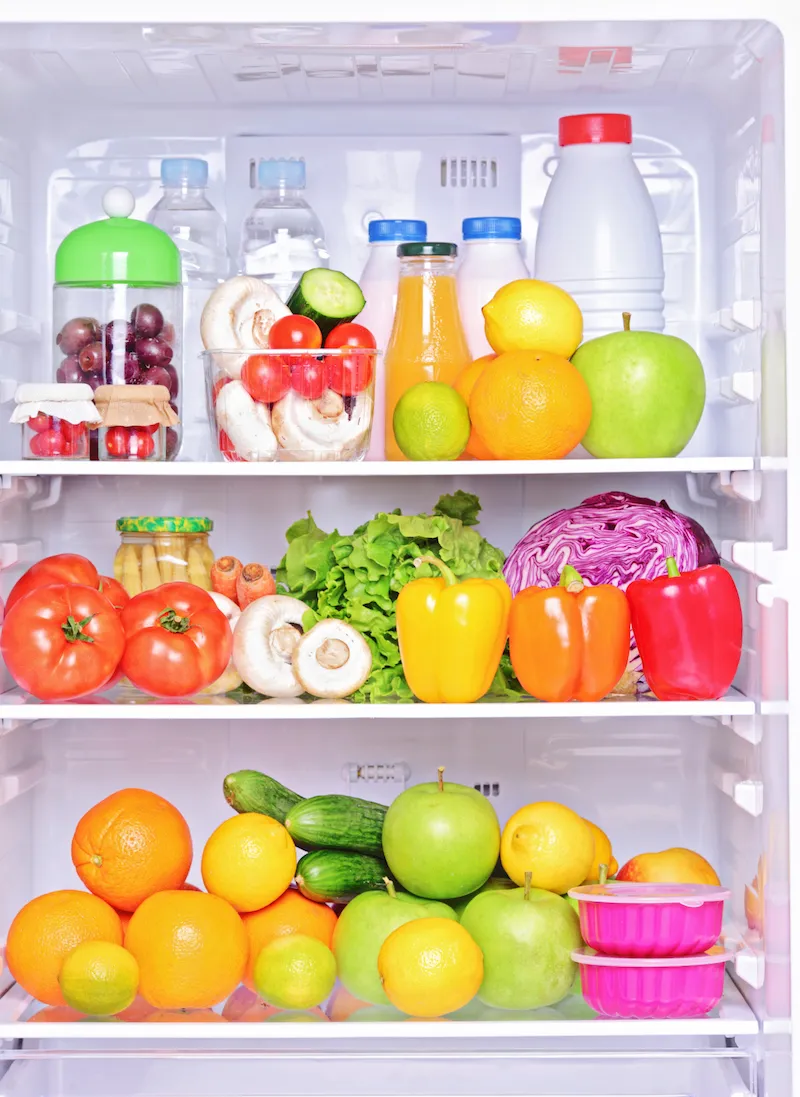
Don’t just trap, disrupt: Fruit flies don’t spend all their time in the air. They rest on walls, cabinet doors, and ceilings near their food source. After setting your traps, take a cloth dampened with all-purpose cleaner and wipe down these common landing zones. This removes sticky residues and disrupts their resting spots, making your kitchen a much less hospitable environment.
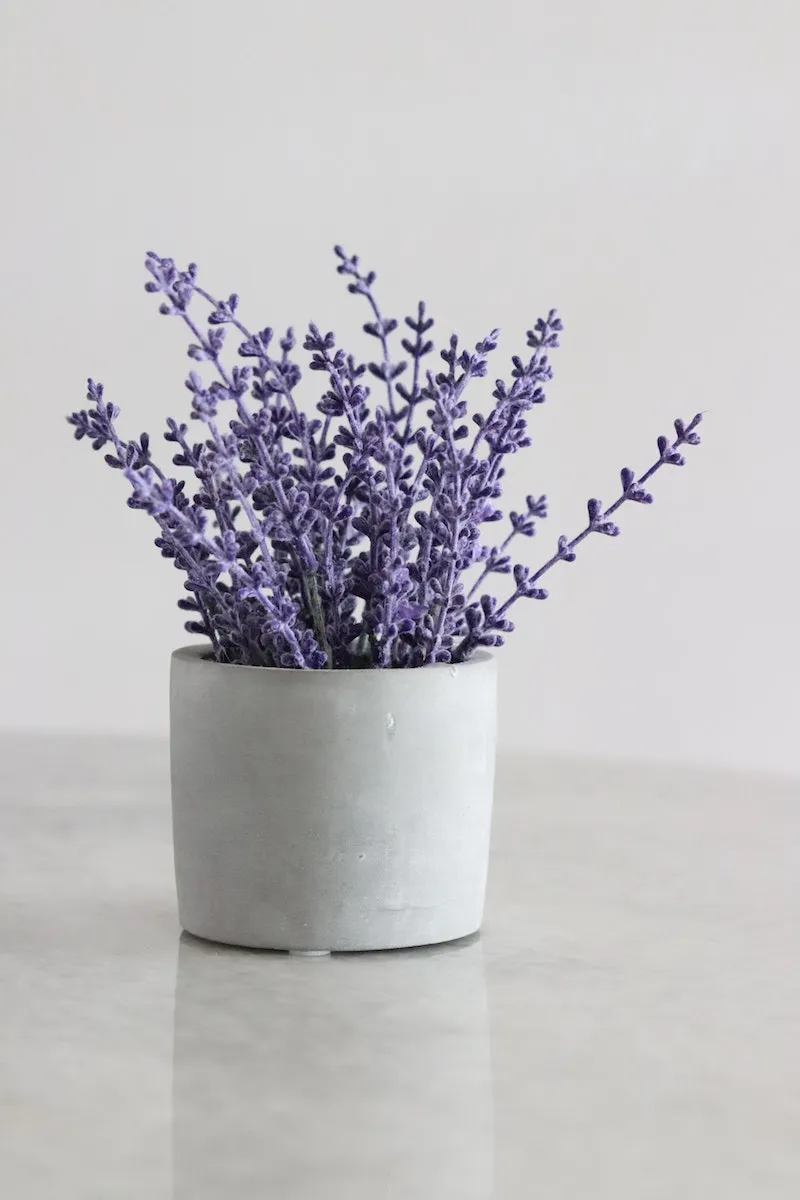
Your drains are a hidden highway for fruit flies. Once a week, perform this simple flush to keep them clear:
- Pour a half cup of baking soda down the drain.
- Follow with a half cup of white vinegar and let it fizz for 15 minutes.
- Finish by flushing with a kettle of boiling water to clear out any eggs or gunk.
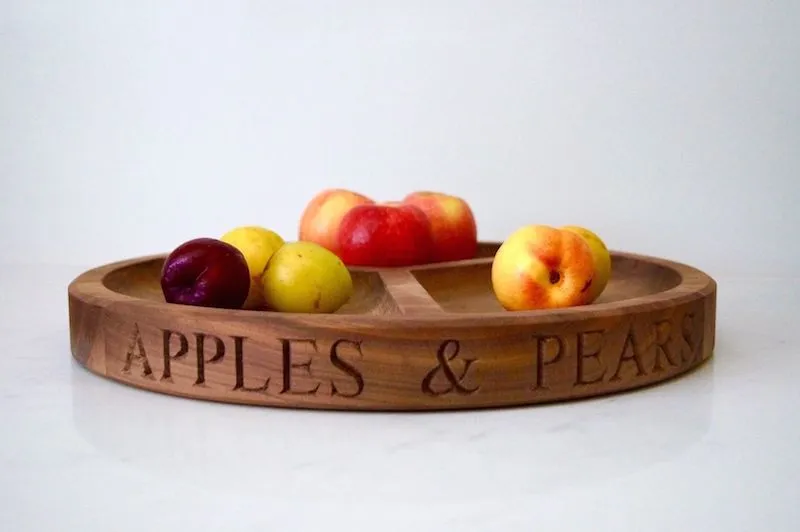
Fruit flies can detect the scent of fermentation from a remarkable distance, thanks to highly sensitive antennae.
This means that even a tiny spill of juice under the fridge or the dampness in your garbage disposal can act like a powerful lighthouse, guiding them into your home. It’s why wiping down surfaces isn’t just for looks—it’s actively removing the scent trails they follow.
The Bartender’s Secret Weapon
When vinegar isn’t cutting it, try this potent mix that mimics their favorite happy hour spot. In a small jar, combine a splash of leftover red wine, a small piece of a very ripe banana, and a pinch of active dry yeast to boost the fermentation scent. Cover with plastic wrap, poke a few holes, and place it near the source of the infestation.










